Contents
Onions are one of the most sought-after vegetables in the kitchen of every housewife. In order to always have it at hand, gardeners grow vegetables on their land plots. The culture is unpretentious and, with proper care, allows you to get a rich harvest for harvesting for the whole winter. Traditionally, onions are sown in the spring, but lately it has been increasingly possible to meet its winter crops. For sowing for the winter, it is necessary to use special varieties and onion hybrids that tolerate wintering well. It is not difficult to grow a vegetable in this way, but for this you need to know how to feed winter onions in the spring in order to get a good harvest.
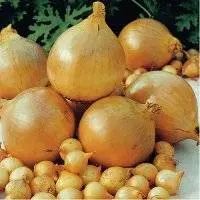
Advantages of winter onions
winter onions sown in autumn have a number of advantages compared to spring sowing:
- sowing onions before winter allows you to get a crop of vegetables much earlier than with spring sowing;
- a winter vegetable immediately after the snow melts in early spring gives a feather that can be used as food;
- onions sown in autumn gain enough strength by spring to resist the onion fly;
- winter crop is well adapted to adverse weather conditions;
- among winter varieties, you can choose high-yielding ones that bear fruit in the amount of 4-5 kg / m2.
Thanks to the advantages described, an increasing number of gardeners grow onions by sowing for the winter. To do this, choose such well-known varieties as Shakespeare, Radar, Ella. These varieties of winter crops are cold-resistant, remarkably tolerate frosts down to -150C even in the absence of snow cover. Under the thickness of snow, the freezing threshold is very high, which makes the vegetable invulnerable to low temperatures.
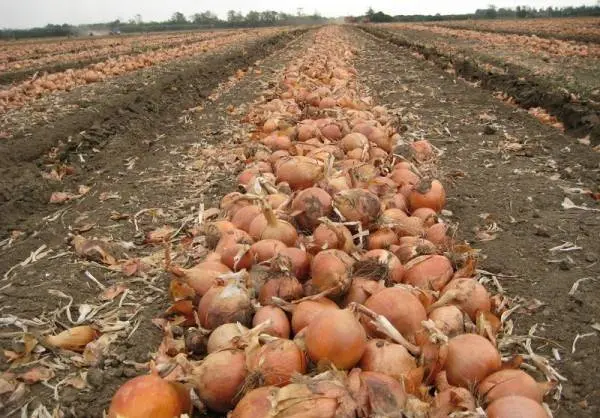
Soil preparation in autumn
Winter onions are sown in the soil in the second half of October. This sowing regime will allow the bulbs to take root before the onset of frost, but will not allow the green feather to germinate.
Before sowing a crop, it is necessary to disinfect and fertilize the soil:
- Copper sulphate is used to disinfect the soil. 15 mg of this substance is diluted in a bucket of water and used for watering 5 m2 soil.
- A day after the disinfection of the soil, you can start fertilizing. More often, organic matter is used for these purposes, for example, rotted cow dung. Fertilizer consumption should be 5 kg/m2 soil. In combination with manure, fertilizers containing phosphorus (superphosphate) can be used, which will help the bulbs to take root quickly.
If you plan to grow a vegetable on heavy clay soils, then in the fall, before sowing winter onions, you need to add sand and peat to the soil in addition to organic and phosphate fertilizers.
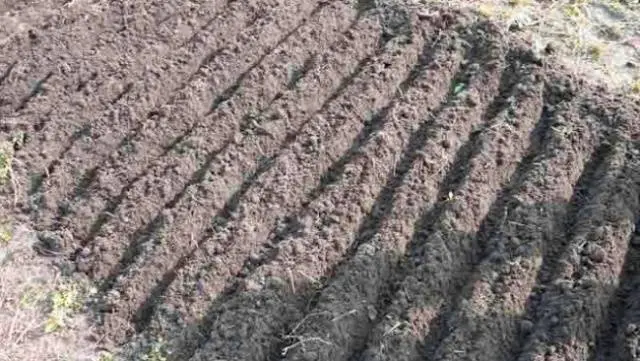
Thus, the first top dressing of winter onions should be carried out in the fall, before sowing the crop. Next year, during the active growth of the bulbs, it is necessary to carry out another 3-4 top dressing.
Some gardeners in the fall, after sowing onions in prepared soil, the beds are mulched with peat. With the arrival of spring heat, it will quickly melt and will not delay the growth of onions.
Spring top dressing with minerals
As soon as winter onions begin to produce a feather in spring, it is worth thinking about fertilizing. At this time, the culture most of all needs nitrogenous top dressing. You can use special mineral complexes as a fertilizer. You can also prepare the necessary top dressing yourself by mixing 3 parts of superphosphate, 2 parts of urea (urea) and 1 part of potassium chloride. For fertilizing onions in spring 1 part of fertilizer to be applied per 1 m2 soil should equal 5 mg of the substance. After mixing all the components together, they should be dissolved in water and used to water vegetables.
2-3 weeks after the first feeding of onions was carried out, it is necessary to introduce useful microelements into the soil again. The second spring top dressing can be carried out using nitrophoska. Two tablespoons of this substance must be added to a bucket of water and, after thorough mixing, use a solution for watering 2 m2 soil.
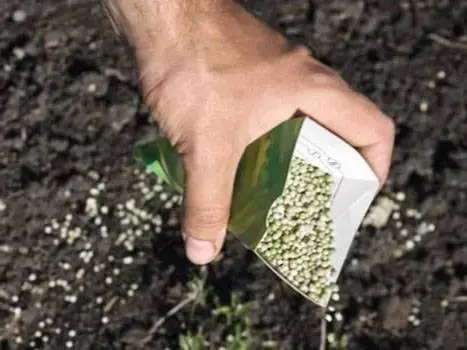
The third time you need to feed the plants at a time when the diameter of the bulb will be approximately 3-3,5 cm. During this period, the vegetable needs phosphorus for accelerated growth. You can get it using superphosphate. Two tablespoons of this substance is enough to feed onions per 1 m2 soil. This amount of the substance must be dissolved in 10 liters of water.
Ready-made complex mineral fertilizers for feeding winter onions can be purchased at specialized stores. For example, for the first top dressing in the spring, you can use Vegeta fertilizer. The second top dressing of onions in 2-3 weeks is recommended to be carried out using Agricola-2 fertilizer. “Effekton-O” can be used during the third feeding of onions.
All of these minerals are chemicals, so some gardeners are very skeptical about their use. The advantages of such substances are the availability and ease of use.
Organics for onions
When there is manure and grass in the yard, it is not at all necessary to resort to the use of chemicals. In this case, you can use the option based on environmentally friendly top dressing:
- For the first spring top dressing, you can use slurry (1 cup per bucket of water).
- An infusion of herbs is recommended to be used for the second feeding. To do this, you need to grind the grass in advance and fill it with water (5 kg per 10 liters). After insisting for several days, the liquid is filtered and diluted with clean water in a ratio of 1:10.
- The third dressing of a vegetable can be done using wood ash. It is diluted in an amount of 250 g in a bucket of hot water and the resulting solution is infused for several days. After a certain time, the ash solution is diluted with clean water and used for watering winter onions.
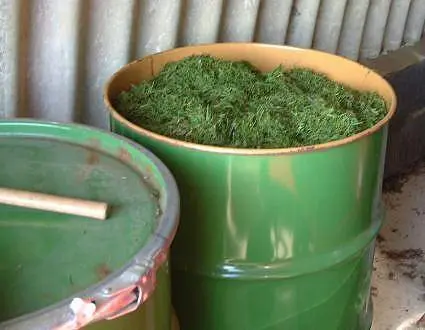
Thus, in spring and summer, organic matter can become a worthy replacement for mineral chemical fertilizers. Another option for using organic matter for feeding onions can be seen in the video:
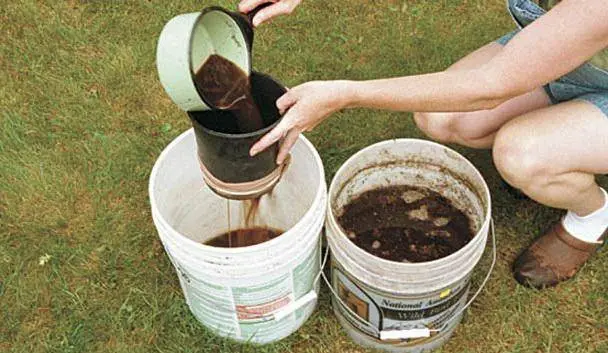
Non-traditional top dressing
In addition to the usual mineral fertilizers and organics, winter onions can be fed with ammonia or yeast. Such dressings are unconventional, but due to their effectiveness, they are in increasing demand among gardeners.
Yeast nutrition
Baker’s yeast is a unique product that has a beneficial effect on the growth and development of plants. It is used to feed indoor flowers, various vegetable crops, including onions.
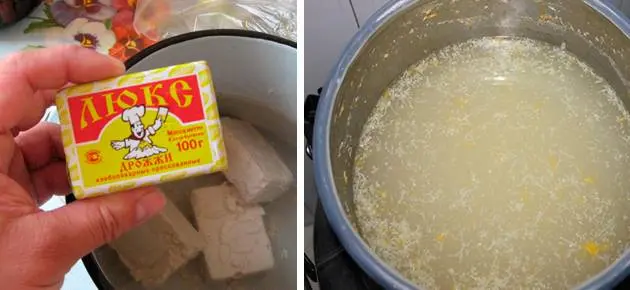
When dissolved in warm water, the yeast begins to ferment. As a result of this process, vitamin B1, mesoinositol, and biotin are released. In addition, the yeast itself contains a large amount of proteins, carbohydrates and minerals. All these substances stimulate the formation of roots and plant growth. When it enters the soil, the yeast activates the vital processes of beneficial bacteria, as a result of which gases and heat are released. This also allows the bulbs to breathe and grow faster.
The process of yeast fermentation occurs only in the presence of elevated temperatures, which is why the first top dressing in early spring is not recommended in this way. Yeast is best used in the summer by resorting to one of the recipes:
- Granulated yeast (dry) should be added to warm water at a ratio of 10 g per 10 liters of liquid. For accelerated fermentation, 2 tablespoons of sugar or jam are added to the solution, after which it is infused for several hours. The finished mixture is diluted in 50 liters of pure water and used to feed onions.
- Fresh baker’s yeast is added to warm water in a ratio of 1 kg per 10 liters. At the stage of active fermentation, another 50 liters of clean warm water are added to the solution.
Black bread, once made with yeast, can be an excellent fertilizer for onions. Many gardeners specifically collect the remains and crusts of bread in winter. To prepare top dressing, it is necessary to soak it in warm water. The amount of liquid should completely cover the bread. Fertilizer must be fermented, leaving it under oppression in a warm place for a week. After fermentation, the top dressing must be mixed into porridge, diluted with water and applied to the soil.
The process of preparing yeast fertilizer for plant fertilizer is shown in the video:
Ammonia
Ammonia is a tincture of ammonia, which contains a large amount of nitrogen. It is used to feed indoor and outdoor plants.
Depending on the purpose of feeding, ammonia is used in the following proportions:
- for the accelerated growth of green feathers, water the onions with a solution prepared in the proportion of 1 teaspoon per 1 liter of water;
- for uniform growth of feathers and turnips, onions should be watered with a weak solution of ammonia – 1 large false per 10 liters of water.
It is recommended to water the onion with a solution of ammonia once a week. At the same time, the substance will fertilize the onion and protect it from pests, in particular, from the onion fly. An example of how ammonia can save onions is shown in the video:
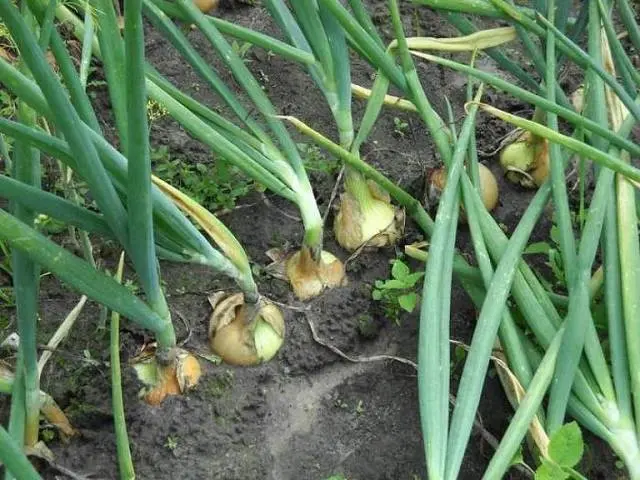
Ammonia can be used to feed onions when symptoms of nitrogen deficiency appear: lethargy and yellowing of the feather. In this case, the amount of ammonia can be increased by diluting 3 tablespoons of the substance in a bucket of water. It is necessary to water the plants with ammonia in the evening hours, after sunset.
Non-traditional top dressing can be used in combination with the application of mineral or organic fertilizers. In this case, the amount of nitrogen should not be higher than the permissible one.

Conclusion
By growing winter onions, you can get an early harvest of vegetables, in quantity exceeding the harvest of spring sowing. To do this, it is necessary to prepare nutrient soil in the fall and sow onions no earlier than mid-October. With the advent of spring, winter onions need intensive feeding, which can be done using mineral, organic or non-traditional fertilizers. The above are the most accessible recipes for their preparation, which even a novice farmer can use.









